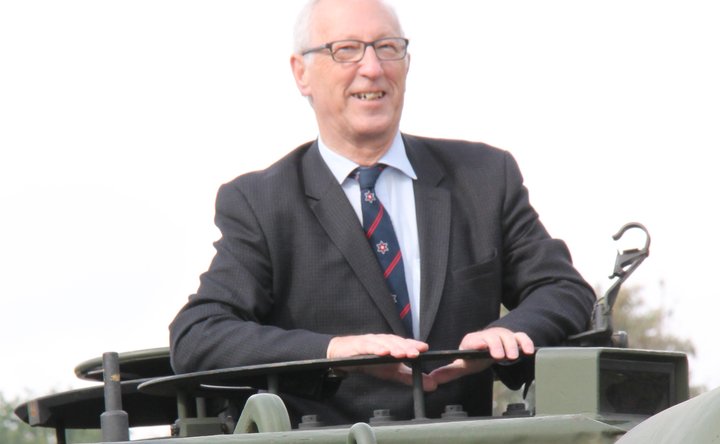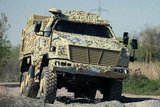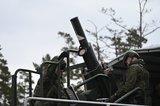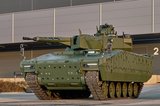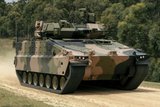German Army to receive third-generation Dingo protected patrol vehicles this year
The 6×6 version of the Dingo 3 is being marketed for potential use as an ambulance or command post vehicle. (Photo: KNDS-Deutschland)
KNDS-Deutschland has confirmed that its latest Dingo 3 4×4 protected patrol vehicle (PPV) has entered production for the German Army, with first deliveries scheduled to take place late in 2025 from the company’s Munich facility.
The initial order was for 50 units followed by a second contract for an additional 65 which will replace earlier Dingo models used by Germany. Surplus examples will be made available for other countries as part of Berlin’s military assistance efforts.
A key feature of the new version is that it has nearly the same external dimensions as the Dingo 2 but payload is increased
Already have an account? Log in
Want to keep reading this article?
More from Land Warfare
-
![Romania set to order KF41 Lynx infantry fighting vehicles]()
Romania set to order KF41 Lynx infantry fighting vehicles
Romania’s effort to buy infantry fighting vehicles is expected to include five configurations: a standard platform with a 30mm autocannon, a command variant, an armoured recovery vehicle, a medical evacuation vehicle and a 120mm self-propelled mortar.
-
![Team LionStrike polishes British Army vehicle offering for Land Mobility Programme]()
Team LionStrike polishes British Army vehicle offering for Land Mobility Programme
Team LionStrike has demonstrated its offering for the British Army’s Land Mobility Programme with plans to bid the Chevrolet Silverado and two variants of the platform: the Infantry Squad Vehicle and General Support Utility Platform.
-
![South Korean companies turning necessity into export opportunity]()
South Korean companies turning necessity into export opportunity
South Korea’s particular geopolitical situation and threat environment has created a defence industry ecosystem of substantial size and breadth.







